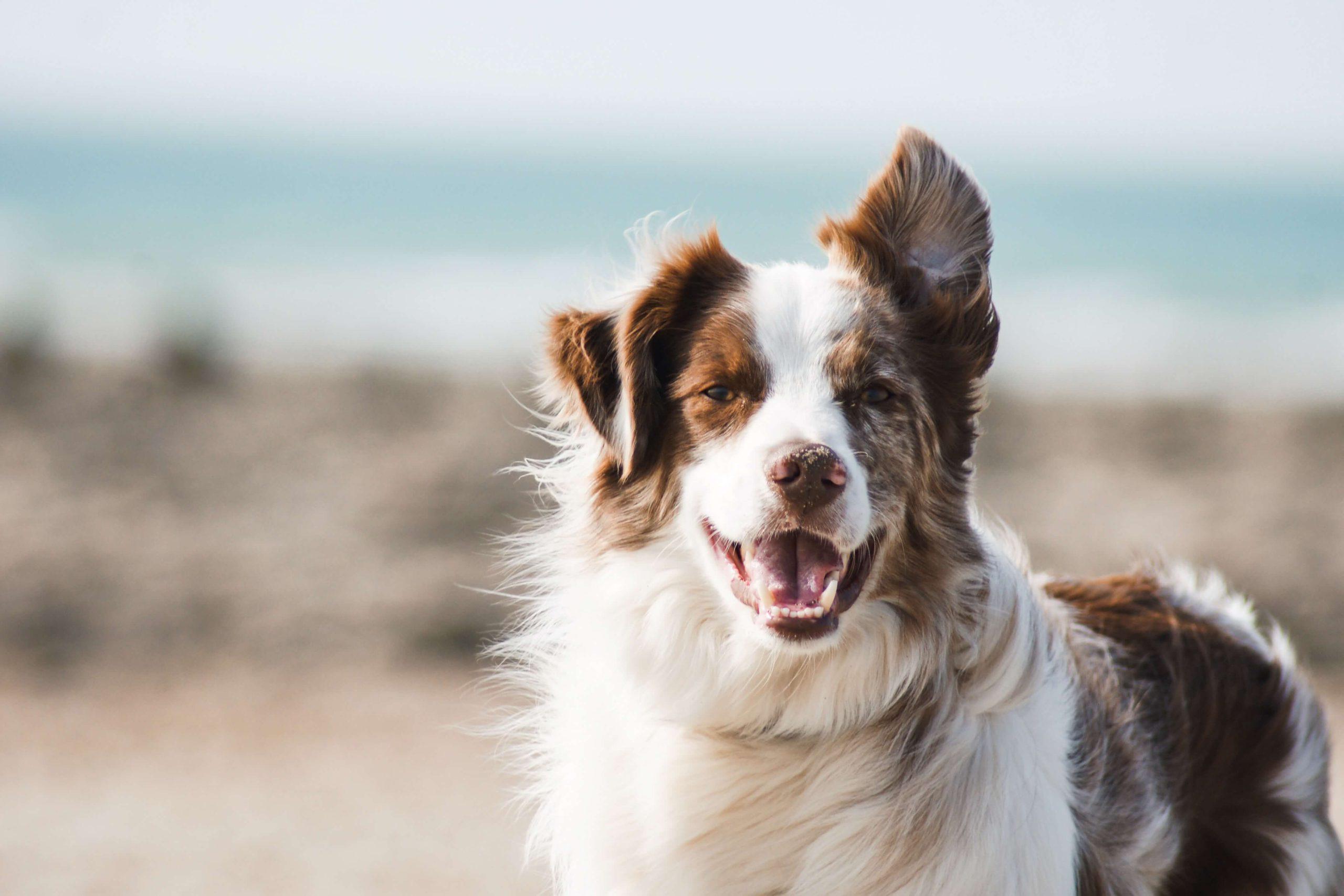Joint issues are a common problem in most aging dogs, affecting over half of dogs over the age of 7, in the United States. With some dogs more prone to joint difficulties because of their breed; Labradors, German Shepherds, Newfoundlands, and Rottweilers, this discomfort is normally caused by the wear and tear of cartilage after years of jumping, running, and playing. As the cartilage deteriorates, dogs often can develop more serious complications.
These types of joint problems are normally more common in larger dogs, as they bear more weight on their legs throughout their lifetime. But all dogs are at risk.
Mainly occurring in the hips and knees of your pet, the discomfort can also affect the elbows and other joints, too, making it uncomfortable for your beloved pet to sit, lay, climb or walk.
But, it isn’t all bad – you can help support your dog’s joints in a number of ways.
Here are 5 ways to keep your pet’s joints healthy…
Joint Health For Dogs
1. Diet
What your pet eats can have a huge impact on their overall health, weight, and development – especially the condition of their joints. If a large breed puppy overeats – with a Labrador that can happen quickly – they can become too heavy for their growing bones, and cause future joint conditions, too. Choosing the right diet for your pet will ensure they stay at a healthy weight, and prevent putting too much stress on their joints.
It’s not only the amount they eat but the nutrients they’re getting from their food. We should be aiming to feed our pets high-quality pet food, which has been balanced with all the correct vitamins, minerals, proteins, and carbohydrates. Cheaper foods tend to contain lower quality ingredients, from which it can be more difficult for your pup to obtain all the goodies.
Supplementing your dog’s diet is a great way to ensure they are taking in enough essential vitamins, minerals, and fatty acids to keep their joints healthy. A joint-specific supplement or feed containing ingredients such as glucosamine and chondroitin would be ideal!
2. Maintaining Movement

Just like us humans, joint conditions can worsen if your pup is not using them enough. When your dog is hurting whenever they move, they will stop exercising, avoiding anything that will cause them discomfort. But, unfortunately, this lack of movement and physical activity will lead to their joints stiffening and their muscles becoming less strong – causing more discomfort…
Not to mention that they will also end up gaining weight, due to this lack of exercise, leading to more pressure on the joints – it’s a vicious circle for your poor pup.
Exercise is extremely important, even if they begin to deal with discomfort. If they struggle to walk you can organize hydrotherapy sessions instead for your pup. Physiotherapy is also becoming very popular in dogs due to the same evidence-based results that there are in humans! The more they move, the more blood will be circulating in the joints, pumping natural lubrication to the needed, vulnerable areas – so making sure your pup continues with gentle movement and exercise can keep their joints limber and flexible.
3. Go Easy
Joint issues can occur at any time in your pet’s life, but it is most commonly seen as they get older. However, a lot of joint difficulties can develop as a result of injury; jumping too high, running too fast, taking a fall, or over-exercising puppies while their joints are still growing. If they sustain an injury in their younger years, it can sometimes cause problems later on in life. Particularly when they are a puppy, your dog can get excited, running around like crazy – the zoomies! If they sustain an injury while ‘going crazy’, it can sometimes cause problems.
Make sure that, if your dog is still a developing puppy, you prevent them from over-exerting themselves, limit the lengths of walks and provide them with lots of other fun options and games. Make sure there aren’t any high platforms for them to jump off, and encourage many different types of exercises, such as uphill walking, swimming, and stretching to retrieve balls and treats.
PETLAB CO.’S IN-HOUSE PET CONSULTANT NICOLE’S INSIDE KNOWLEDGE
“When dogs are still developing and growing, it’s important to build up their exercise levels gradually. This is because uncontrolled exercise in skeletally immature animals can strain and damage the developing joints, which could also worsen a pre-existing joint condition. This may result in abnormal joint conformation or structure, which can lead to more serious complications.”
4. Make Their Environment Comfortable

Dogs can often injure their joints by jumping off the sofa, sprinting into the yard too quickly, or even just running downstairs – they can hurt themselves as easily as we do. So, to try to avoid these injuries and make your home safer there are a few things you can implement;
- Providing ramps
- Steps
- Gates wherever necessary
- Comfortable dog beds
- Avoid slippery wooden floor
Although accidents happen, the more you can do to reduce the risk of injury, the fewer issues your pup will experience with their joints in later life!
5. Treat Niggles Quickly
Following from point 3 above, if you begin to notice your pup slowing down, limping, or putting less weight on a particular leg, go and see your vet immediately.
By implementing the correct diet, supplementation, the required exercise regime, and achieving the correct body weight, you can help support their healthy joints well in their golden years.
Joint Care For Dogs
As their puppy parent, it is your job to make sure you do all that you can to make sure their joints, bones, and muscles are kept in healthy, strong condition. Whether it is through their diet, adding a tasty supplement, or providing a safe comfortable space for them at home, there are plenty of things you can do to support the health and functionality of your pup’s joints – helping them to live a long and happy life.
Sources
“Managing Canine Arthritis” American Kennel Club Canine Health Foundation, Sep 19. 2011 https://www.akcchf.org/canine-health/your-dogs-health/caring-for-your-dog/managing-canine-arthritis.html
“Dog Joint Health: Pain, Osteoarthritis, and Other Joint Problems” Fetch by Web MD, Jul 06. 2009 https://pets.webmd.com/dogs/guide/dog-joint-health-pain-osteoarthritis-and-other-joint-problems







